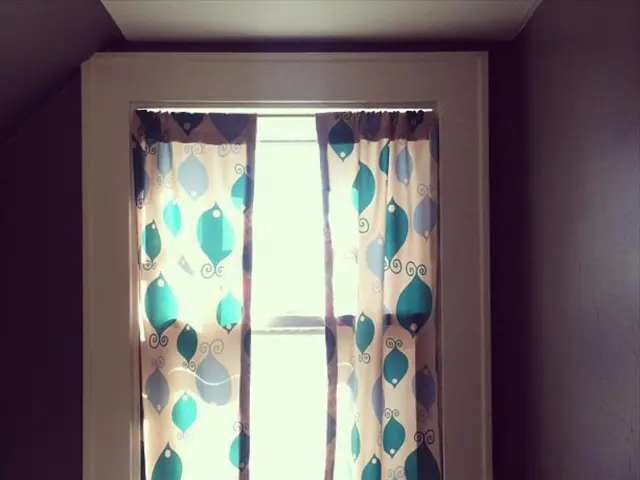Selecting the Ideal Frame for Canvas Artwork: Guidelines and Limitations
Choosing the Perfect Frame for Canvas Paintings
Framing a canvas painting is more than just protecting it from dust and damage. The right frame can transform a work of art into a stunning focal point in your home. Here are some factors to consider when choosing a frame for canvas paintings.
Canvas Thickness
Stretched canvases can be up to 2 1/4" thick. Regular frames may not accommodate this depth, so options include using offset clips to secure the canvas or choosing shadowbox/canvas frames that are deep enough to hold the canvas comfortably.
Frame Style and Artwork Style
The frame should complement the painting without overwhelming it. For modern, minimalist, or abstract paintings, simple and sleek frames like float frames or minimalist frame styles work well to highlight the artwork itself and provide a clean, gallery-like presentation. On the other hand, for traditional artwork such as landscapes or portraits, ornate wood frames with decorative moldings, gilded finishes, or classic styles like Baroque, Victorian, Colonial, or Craftsman enhance the painting’s formality and cultural value. Bold and detailed paintings can support substantial, wide frames, while minimalist artwork benefits from narrow, simple frames.
Visual Weight and Room Décor
Consider the room size, existing décor, and lighting. Frames should enhance the room and the painting’s presence without overwhelming either.
Frame Material and Color
Traditional frames often use natural wood, gold leaf, or painted finishes that coordinate with interior colors and historical authenticity. Modern frames may use metals or painted wood in monochrome or muted tones.
Frame Types for Canvas
- Offset Clips and Regular Frames: Allow using regular frame styles even if canvas thickness slightly exceeds frame depth; offset clips hold the canvas in place without visible hardware from the front.
- Shadowbox Frames: Deep frames that fully accommodate thick stretched canvases, providing protection and a modern look.
- Float Frames: Create a "floating" illusion by leaving space between the canvas edge and frame, adding depth and focusing attention on the painting edges. Ideal for contemporary and abstract works.
Matching Frame Styles with Painting Styles
| Painting Style | Recommended Frame Style | Characteristics | |---------------------|-----------------------------------------------|------------------------------------------------| | Modern/Abstract | Float frame, Minimalist simple frame | Sleek, clean lines, emphasizes artwork edges | | Traditional (landscape, portrait) | Ornate wood frame (Baroque, Victorian, Colonial) | Elaborate carvings, gold leaf, substantial width | | Minimalist | Narrow, simple frame | Avoids overwhelming artwork | | Arts & Crafts | Mission or Craftsman frame | Visible wood grain, minimal decoration |
Other Considerations
- For large canvases, match the frame's depth with the canvas thickness.
- For abstract or modern art, go for minimalist frames.
- Avoid extreme temperature changes to prevent damage to the frame and canvas material.
- For rustic or vintage art, choose wooden frames with distressed finishes.
- Leaving a canvas unframed can sometimes be a smart and stylish choice, emphasizing the raw essence of the artwork.
- When framing large canvases, choose sturdy materials like hardwood or metal.
- Decide between professional framing and DIY framing based on budget, skill level, project complexity, time availability, and artwork importance.
In practice, consulting with a professional framer can provide tailored advice based on the specific artwork and display context, including options like custom matting, shadowboxes, and specialized frame finishes. Framing can reduce exposure to environmental elements like humidity and sunlight, preserving the artwork's longevity. Matching the right frame with different painting styles is crucial for achieving a cohesive look.
Tips for Hanging Framed Canvases
- Before hanging large framed canvases, measure the wall space and ensure they fit comfortably.
- Hang framed canvases away from direct sunlight to prevent fading and discoloration.
- Use strong, secure hooks and wires to support the frame's weight.
- Large frames can strain walls if not distributed correctly; use heavy-duty wall anchors to safely bear the load.
- Opt for a floating design for large canvases to create a sleek and modern look.
- For large canvases, avoid overly ornate designs.
- Consider the frame material, such as wood, metal, or resin, and the finish, like matte, glossy, or distressed, to accentuate the art.
Conclusion
Choosing the right frame for canvas paintings is essential for showcasing artwork beautifully. The frame should suit the canvas dimensions, avoid oversized or too-small frames for balanced proportions. A well-chosen frame enhances the art and adds an element of finish to the decor. Whether you choose to frame or leave your canvas unframed, the key is to make a statement and let your artwork shine.








